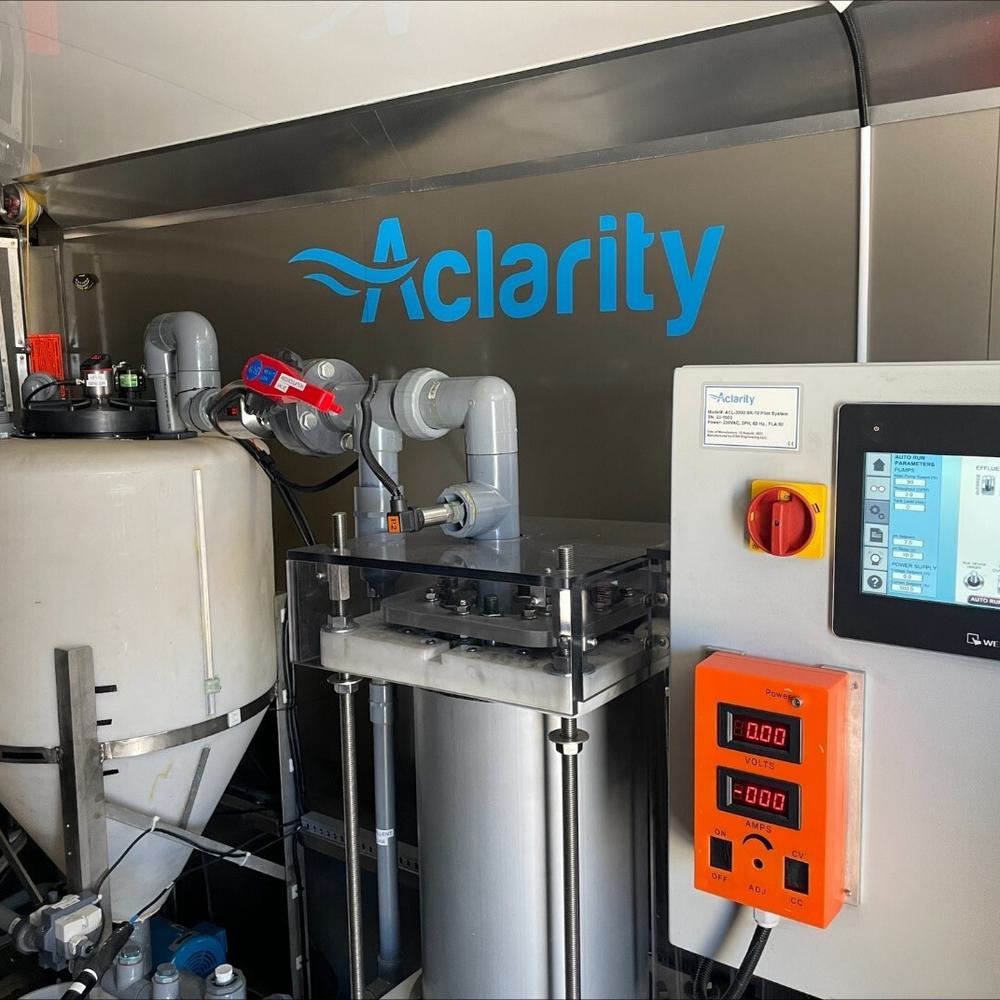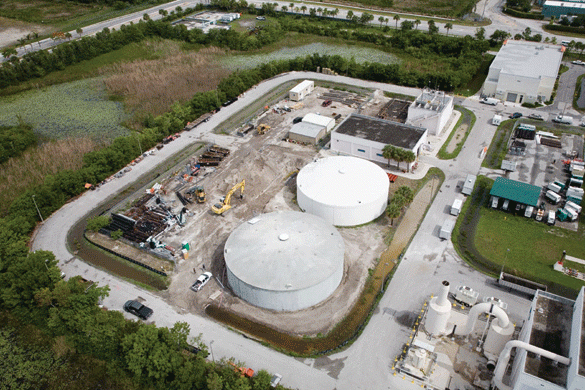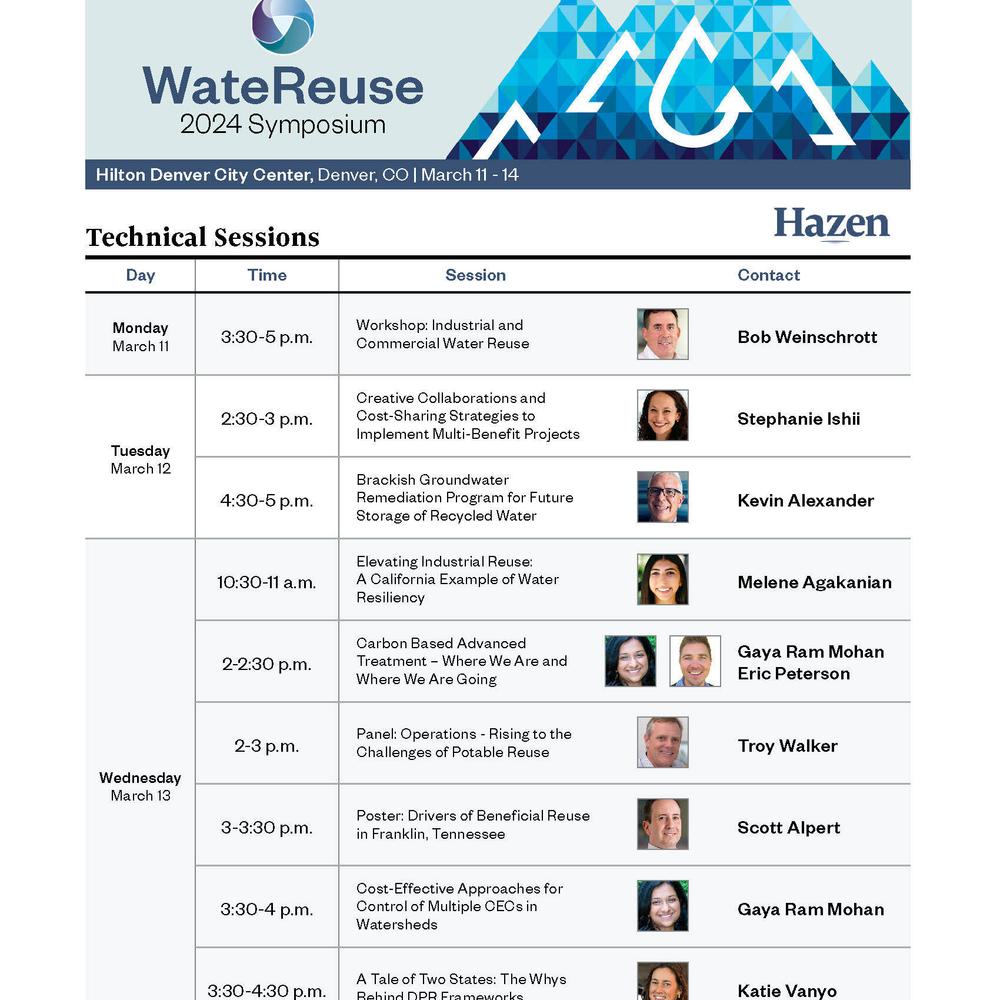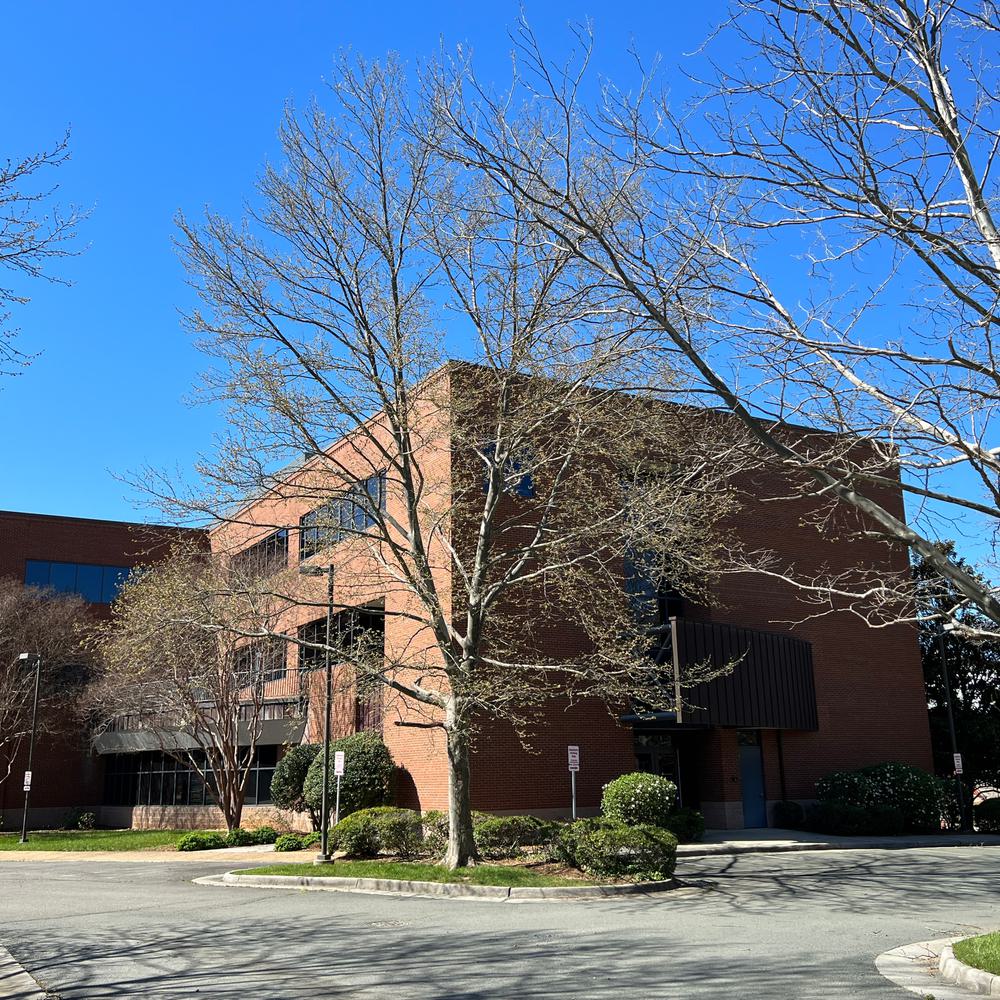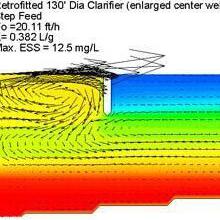Optimizing Chemically Enhanced Primary Treatment to Handle Wet Weather Spikes
As part of wet weather upgrades, ferric chloride and polymer systems were installed to enable Central Marin Sanitation Agency (CMSA) to perform chemically enhanced primary treatment (CEPT). While the ferric system performed as expected, the polymer system had negative effects on clarifier performance. Hazen was selected to assist CMSA with evaluating and optimizing the CEPT system.
At a Glance
- The Hazen project team reviewed five years of historical data to better understand the plant’s primary clarifier performance.
- The team utilized jar testing and full-scale CEPT testing to understand the potential enhanced removal rates as well as the limitations of the full-scale system.
- After additional testing, the team determined optimal doses of ferric chloride and polymer, allowing plant staff to make operational improvements.
- Full-scale demonstration of Hazen’s recommended conditions showed that increasing flocculation time and removing air from the primary clarifier influent channel improved clarifier performance.
The CMSA Wastewater Treatment Plant (WWTP) located in San Rafael, CA is a 6 mgd Average Dry Weather Flow (ADWF) plant with peak wet weather flows of 130 mgd. The effort to assess and improve the plant's primary clarifier performance and optimize CEPT involved the following key elements:
Jar Testing: Hazen utilized jar testing to determine the ideal flocculation time and doses of ferric chloride and polymer for CEPT. Jar testing showed that while CMSA’s primary clarifiers performed well without CEPT, increased Total Suspended Solids (TSS) and Chemical Oxygen Demand (COD) removal rates could be achieved with ferric chloride and polymer addition.

Irene Chu has expertise in wastewater treatment plant design and optimization with emphasis on process evaluations, field testing, and process modeling.
Related Topics:
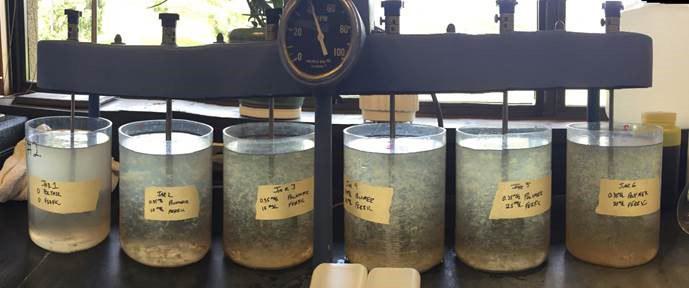
Field Testing: Hazen conducted full-scale testing to observe primary clarifier performance under normal and stressed conditions. Through careful observation and incremental changes, ferric and polymer dosages were optimized, resulting in an improvement in clarifier performance. During testing it was also found that the aeration in the primary clarifier influent channels, where polymer was dosed, caused sludge to float to the surface in the primary clarifiers. By turning off the air in the primary clarifier influent channels, clarifier performance improved.
Under stressed conditions, flocculation time in the primary clarifier influent channels was significantly reduced. During the exceptionally high peak flows that the plant regularly experiences, flocculation time decreased below the minimum flocculation time of 2.5 minutes. At these high flows, the plant influent is typically very dilute, decreasing the effectiveness of CEPT to enhance primary clarifier removals.

Recommendations
Hazen’s recommendations included dosing strategies for dry weather, elimination of channel air in primary clarifier influent channels, and further wet weather testing to determine potential CEPT effectiveness during wet weather. Recommendations for the optimization of the CEPT system included improved control systems and strategies to increase flocculation time.



